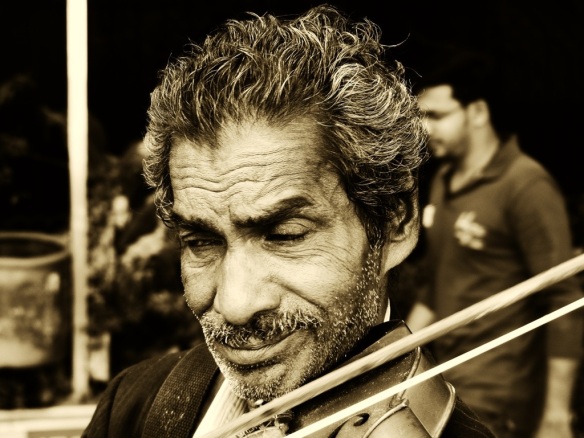Yes, opportunities are many these days. Which one should I grab, and which one should I refrain from, are the key questions. If I really count the money I already spent on photography equipment, it looks like this;
Canon 550d DSLR Rs 27,000
Canon lens 55-250 Rs 17,000
Canon 50mm lens. Rs. 7,000
Tokina wide angle lens Rs 37,000
Tripod. Rs. 10,000
Camera bags Rs 5,000
Nikon coolpix compact Rs 15,000
Lumix fz 200 Rs 27,000
That is lot of money. It is 1,45,000 so far. Which is approximately three thousand American dollars, which is lot of money. I myself did not realise it till I jotted down all these now. With this money, I could have done lot of other things as well. If I am more serious about photography, then I can easily spend another five thousand dollars to upgrade the photography equipments. Then we are talking about 8,000 usd for the equipment alone, excluding travel and my own time. That makes me think twice about my stillsofindia project. Do I have the time, money and health to do it?. That is the first question. The next question is about the return from this project. So far I got only 50 usd as revenue from google ads as returns from stillsofindia. I could have done lot of other things with this kind of money. What is the business case of my dream of traveling all over India and blogging about it?. Thank you wordpress for making me think about it, instead of plunging into it without proper financial planning. This is another reason to say, ‘projects fail in the beginning, not at the end’. An early exit from an unviable project is better than an abrupt closure in the middle of the project. Do I sound like a pessimist?. Unfortunately, as a manager, I cannot run away from problems. I must confront the harsh realities up front. Confront the issues upfront, is the most preferred approach to issue resolution by all successful manager’s world wide. I think, this is a very valuable point for all artists who otherwise prefer to live in a dreamy utopian world, like the artist in me. Good day to you. Hope you are enjoying.
Here is this beautiful sunflower I captured at the Bangalore airport, using the canon extension tube along with my canon 550d, and the 55-250 zoom lens.












